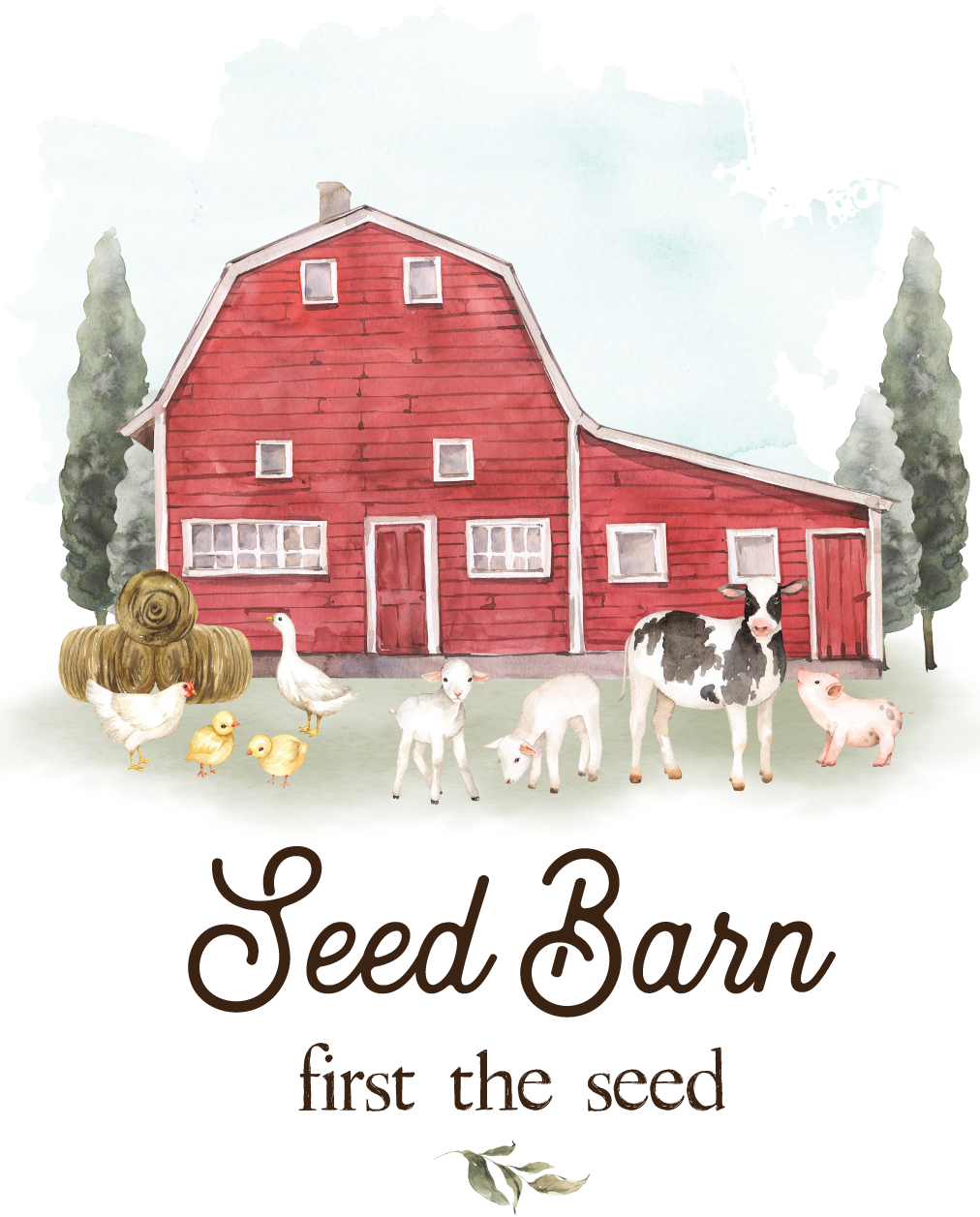Limited Time Free Shipping On The Entire Store
Tel: 813 540 2000 | Mon - Fri 8am - 5pm Est. | Email: support@seedbarn.com
Wrangler Bermuda Grass Seed an improved seeded forage-type bermudagrass with superior cold tolerance was developed by Johnston Seed Company using breeding lines licensed by Oklahoma State University.
Wrangler bermuda grass is the cattleman’s choice for high quality forage in the tough growing conditions of the transition and southern zones. Wrangler Bermuda Grass excels in states from Kansas east to Virginia where other bermuda grasses typically fail. Wrangler Bermuda grass is similar in appearance to Coastal and Tifton 44 Bermuda varieties. Wrangler Bermuda grass is much more cold tolerant than the older Bermuda grass pasture and hay varieties.
Wrangler Bermuda has consistently outperformed Guymon, Mirage, and Cheyenne in the test. The overall performance of Wrangler is comparative to Tifton 44 in the forage trials. The performance of Wrangler has been exceptional for a seeded variety when compared to the hybrid vegetative types.
New Pastures: Plant 10 - 12 lbs. per acre. Plant at 1/8" on heavy soils an 1/4" on sandy soils.
Wrangler Bermuda should be planted in Late spring when soil temperatures are 65 degrees fahrenheit or above. Planting through summer months are successful if moisture is avaliable for germination and seeding establishment. Prepare a firm seed bed free of weeds and clods to provide good soil to seed contact. Ph should be checked prior to planting. A range of 6.0 to 7.5 is sufficient.
Maintenance:
A fertilizer low in nitrogen but high in phosphorous and potassium is recommended as a starter fertilizer to promote seedling vigor without promoting excessive weed growth. Increase nitrogen as seedlings develop and a sod forms.
Weed Control: Not recommended in the seedling stage except for very light applications of 2-4 D to control broadleaf weeds. Residual herbicides are not recommended in the first 60 days.
Irrigation: If applicable, keep soil moist for germination, as seedlings develop reduce frequency of watering but increase the amount.
Harvesting Schedule: Every 30 to 60 days depending on fertility and soil moisture. As a rule, the more frequent cuttings provide higher quality forage with less total dry matter while less frequent cuttings reduce quality but increase dry matter production.
Wrangler is an excellent choice for pasture, hay, or soil conservation in temperate and subtropical regions. Wrangler is well adapted to the transition zone of the United States (OK, KS, MO, AR, TN, VA, etc.) where winterkill of Arizona common and other bermudagrass is a problem.
CULTURAL PRACTICES
Fertility: A total of 100 to 200 lb./ac/year (112 to 224 kg/ha/year) of actual Nitrogen is recommended based on expected precipitation and level of dry matter production or quality desired. The Nitrogen should be split into at least two applications, the first in early spring and the second in mid summer. Minimum soil levels of 65 lb./acre phosphorous and 200 lb. /acre Potassium should be maintained for maximum production at the desired Nitrogen level.
RESEARCH DATA
2002 Spring Greenup data for seeded bermudagrass varieties conducted by Chris Teutsch at the Southern Piedmont AREC, Blackstone, VA.
Wrangler Bermudagrass: PVP Number 200000065
Unauthorized Propagation Prohibited – U. S. Protected Variety – 1994 PVPA
Taxonomy of 'Wrangler' Bermudagrass
Kingdom |
Plantae |
Subkingdom |
Tracheobionta |
Superdivision |
Spermatophyta |
Division |
Magnoliophyta |
Class |
Lillosida |
Subclass |
Commelinidae |
Order |
Cyperales |
Family |
Poaceae |
Genus |
Cynodon |
Species |
Cynodon dactylon |
Plant Characteristics of 'Wrangler' Bermudagrass
Height |
10 to 16 inches |
Growth habit |
sod forming grass |
Bloom period |
mid summer |
Sun requirement |
full sun |
Leaf foilage color |
green |
Seeds per pound |
600,000 coated |
Minimum soil temperaturefor germination |
65º F |
Soil pH range |
5.5 to 8.0 |
Planting Rate |
1 lb/2000 sq ft; 12lbs/acre |
Planting Depth |
1/4 inch |
Planting Season |
Spring to summer |
Top Notch Guarantee
Fast Free shipping
Traditional Farmers
OMRI Listed Products
By clicking “Accept All Cookies”, you agree to the storing of cookies on your device to enhance site navigation, analyze site usage, and assist in our marketing efforts.
